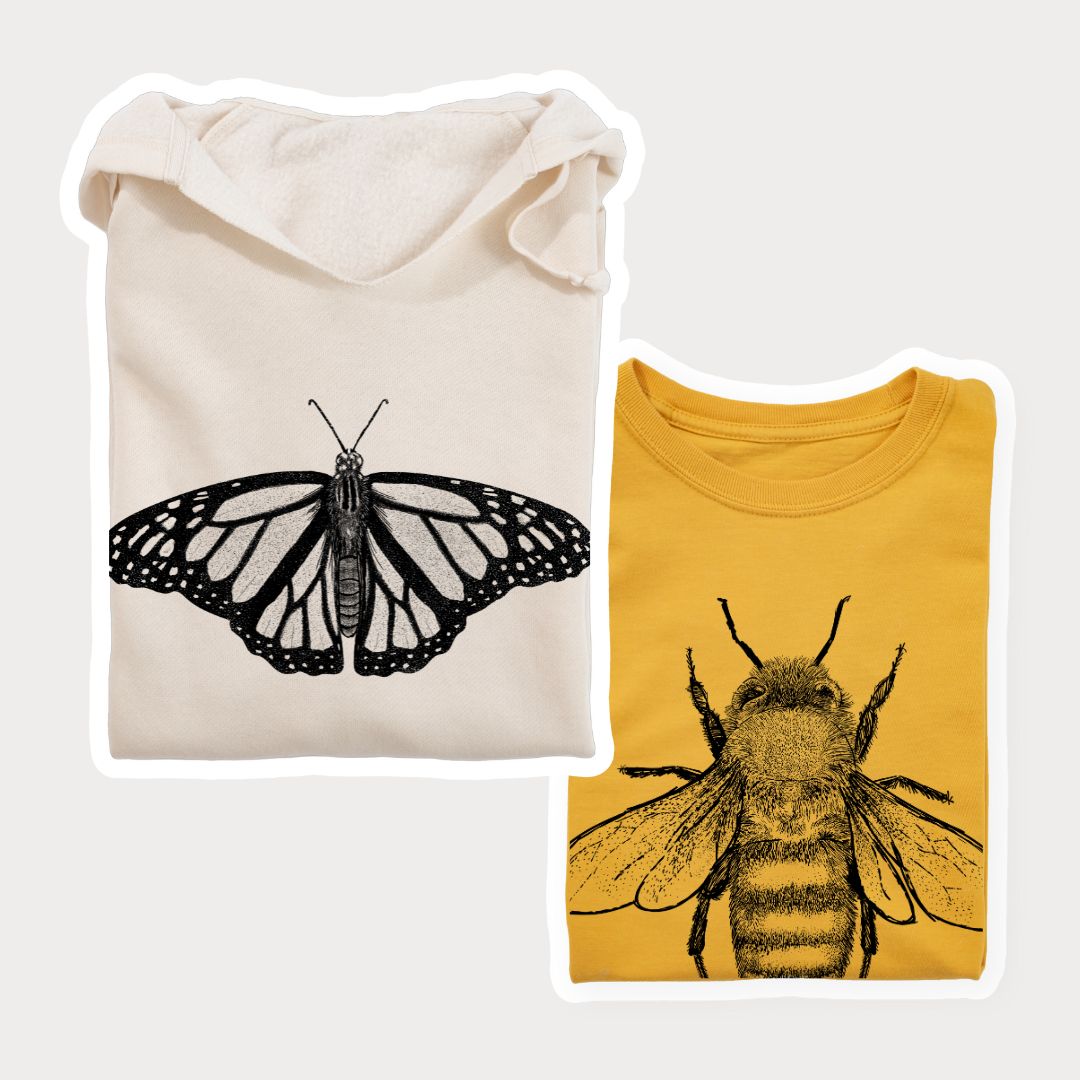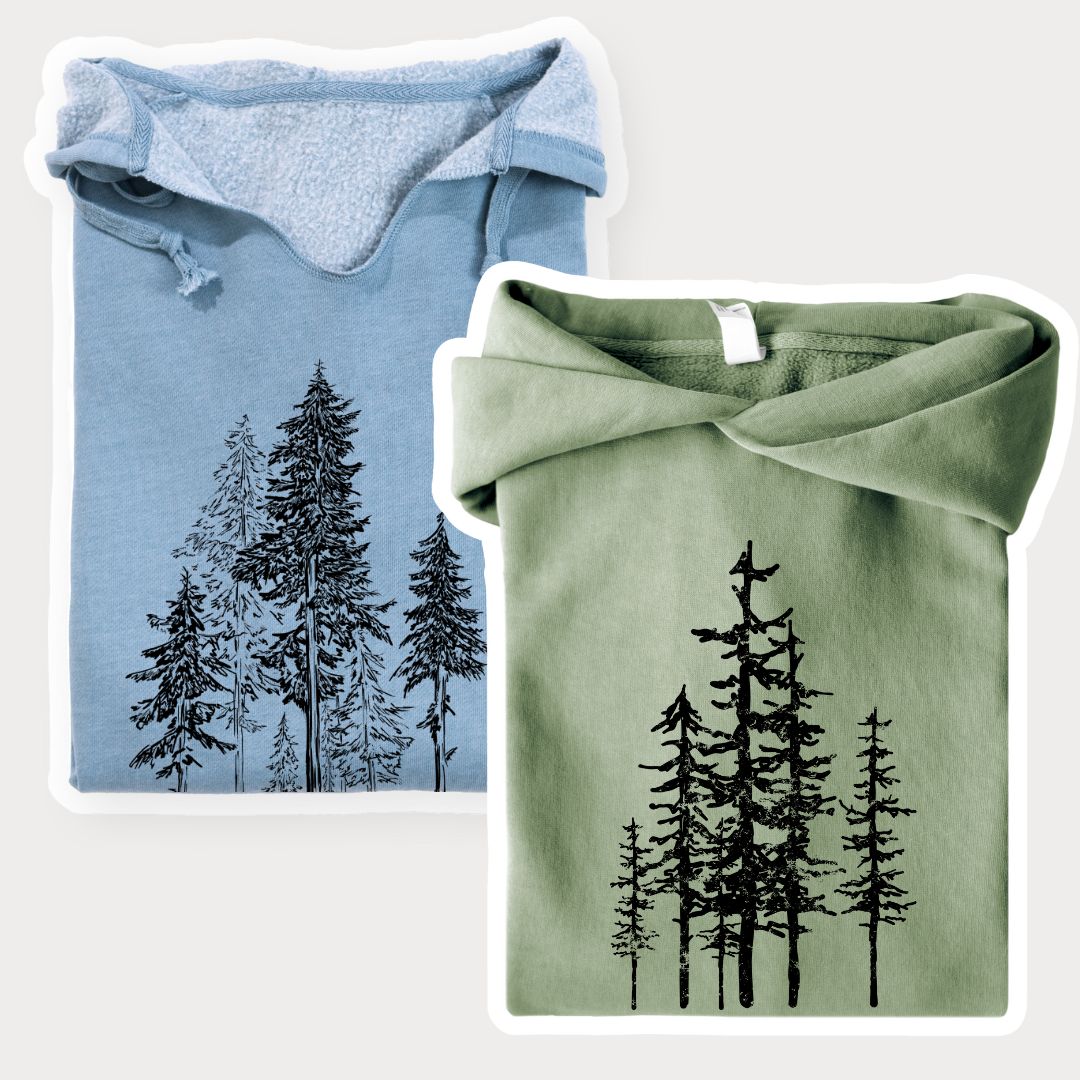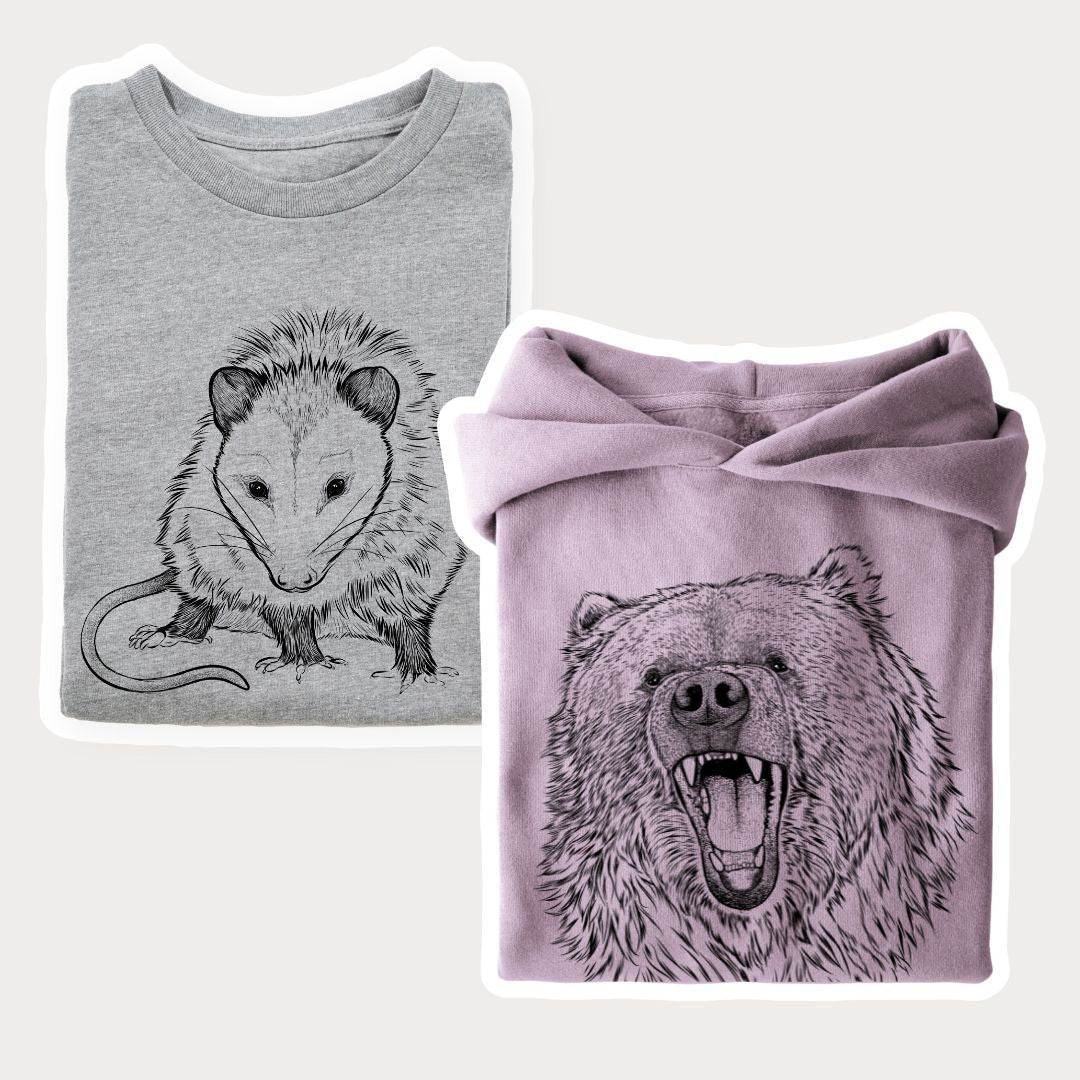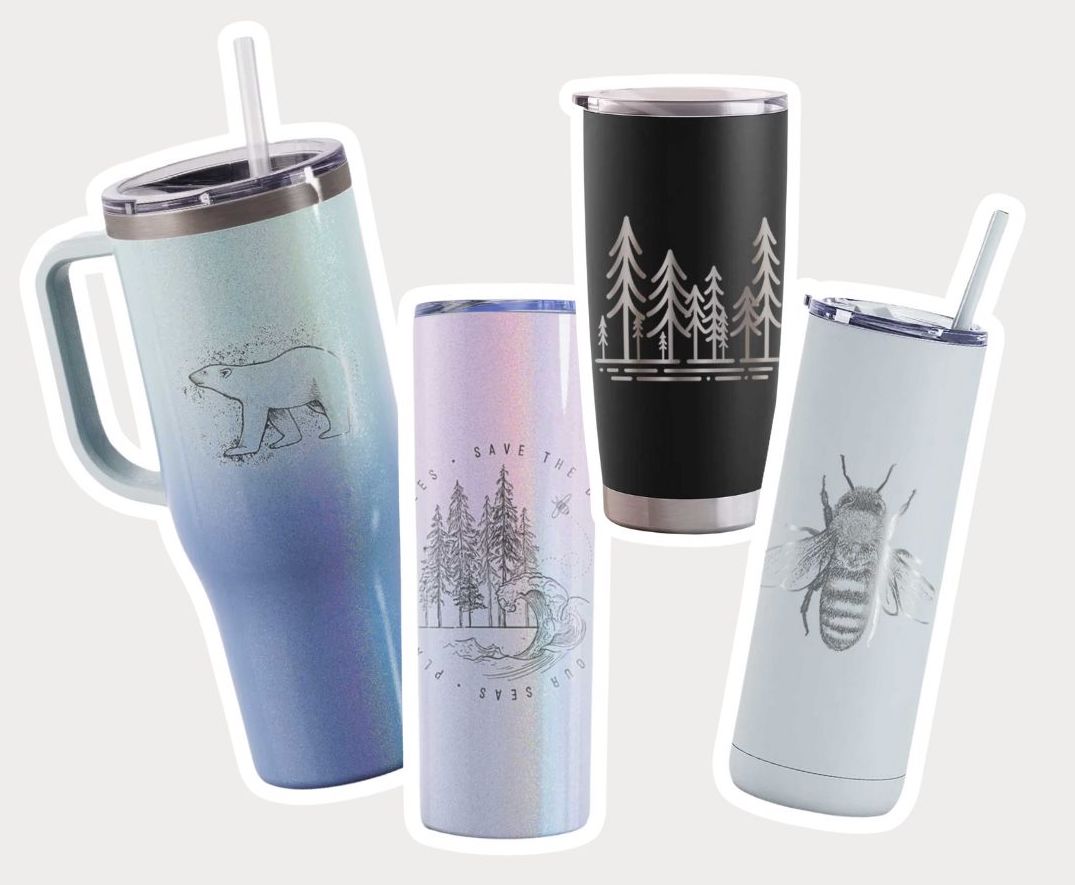Why Do Leaves Change Color in the Fall?
It's easy to fall in love with fall; it's arguably the prettiest months of the year. It may be a time for pumpkin spice flavored everything and Black Friday shopping, but despite the incredibly creative endeavors that people produce at this time of year, it doesn't come close to the natural beauty of a forest full of green, yellow, orange, and red leaves. But have you ever wondered why leaves change color in the fall? Let's find out!

What Makes Leaves Change Color in the Fall?
Fall turns a forest into nature's vibrant canvas, but what is the paint? The natural color of leaves is green, principally because of the pigment chlorophyll. Chlorophyll is a molecule that helps plants turn sunshine into energy. However, once fall rolls around, and the sun takes a vacation of sorts, many species of trees have evolved to shed their leaves.
Why Trees Shed Their Leaves in Fall
Why would trees choose to get rid of one of their primary sources of energy? It's a matter of efficiency. Trees need to put energy into their leaves to keep them healthy, which means during the winter when there isn't much sunlight for the leaves to harvest, the tree would be using more energy than the leaves could help create.
Once the balance tips beyond efficiency, trees break down the chlorophyll in their leaves and absorb the pigment back into their bodies. Then the trees lose their leaves for the winter months before regrowing them for spring.

The Science Behind Leaves Changing Color in the Fall
The process of chlorophyll leaving the leaves is what sparks the magnificent color change in leaves. The green pigment saps out of the leaves heading back into the tree's main trunk and branches. This results in other natural pigments like carotenoids and anthocyanins coloring the leaves.

What Determines Their Color?
Not all trees are on the same page regarding their fall fashion choices. Some prefer the fiery reds, while others prefer the mellow yellows or the bold oranges. The fantastic range in color that you get in a single tree during autumn, and sometimes on a single leaf, is due to the tremendous combination of pigments showing up.
Here's a quick rundown of what gives each tree its unique color scheme:
Carotenoids
These pigments give leaves their yellow and orange hues. Carotenoids can be found in common autumnal foods like pumpkins and yellow squash
Anthocyanins
These are responsible for the rich reds and purples, and they're a bit of a show-off. Anthocyanins are found in anything from berries and fruits to purple cauliflower. Interestingly, anthocyanins aren't always present in leaves and only appear under certain conditions, such as cooler temperatures and bright sunlight. It's like the tree splurged on a fancy new coat just because fall came around.
Tannins
The brown hues come courtesy of tannins, which sound less like a pigment and more like a skincare ingredient. They add that rustic look to fall's leafy lineup.
While these festive colors technically signal the shedding of leaves which could be considered a sad and somber occurrence, it's really just a period of dormancy, similar to the dormant states animals such as hummingbirds and raccoons enter. Next spring, the trees will grow fresh, bright green new leaves, ready to soak up the sun.

Where to See the Best Fall Leaf Colors
Whether you're a casual leaf-peeper (yes, that's an actual term) or a full-on fall foliage fanatic, there are certain spots in the U.S. where nature pulls out all the stops. While Northern California, home to BeCause Tees, offers its fair share of gorgeous autumn scenery, other parts of the country are famous for their kaleidoscope of colors.
- New England: Vermont, New Hampshire, and Maine are the undisputed royalty of leaf-peeping destinations. Imagine rolling hills covered in gold, red, and orange, with the occasional covered bridge thrown in for good measure. This is where autumn becomes a lifestyle.
- The Great Smoky Mountains: Straddling the border between Tennessee and North Carolina, the Smokies boast some of the longest-lasting fall colors in the country. It's like fall was too fabulous to pack up after just a few weeks.
- The Rockies: Colorado and Utah offer some jaw-dropping scenes for those who prefer their leaf-viewing with a side of rugged mountains. The aspen trees here turn a brilliant shade of gold, making it feel like Midas himself had a hand in decorating the landscape.
- The Pacific Northwest: Oregon and Washington may be more famous for their evergreens, but come fall, the maples and alders make their mark, turning forest paths into golden corridors.
The Role of Climate in Fall Colors
Some years have more vibrant fall colors. The intensity of autumn hues depends on the weather. Ideal conditions for brilliant colors include:
- Sunny days and cool nights: The perfect balance of sun and chilly temperatures helps boost anthocyanin production, giving us those rich reds and purples.
- No early frost: A sudden freeze can stop the color show in its tracks, so mild fall weather is critical to keeping the colors going.
As climate change impacts weather patterns, scientists observe shifts in fall foliage's timing and intensity. Warmer fall temperatures and changes in precipitation can delay the onset of color or result in less vibrant displays. This makes enjoying fall colors even more precious—no two seasons are the same.

Fun Fall Activities Inspired by Changing Leaves
While admiring the colors is a classic fall pastime, why stop there? Here are a few ways to make the most of those gorgeous leaves:
- Leaf Pile Jumping: No explanation needed. Whether you're 5 or 50, there's something deeply satisfying about diving into a pile of leaves. Just watch out for sticks (and any forgotten garden tools).
- Leaf Art: Remember pressing leaves between the pages of a book when you were a kid? Well, it's still a thing—and now it has Pinterest-level potential. Create leaf collages, wreaths, or frame a few favorites as nature's artwork.
- Fall Hikes: Nothing beats a brisk hike through the woods when the trees are dressed in their autumn best. Pack a thermos of cider and a cozy scarf, and you have the perfect fall day.
- Make Leaf Lanterns: Gather fallen leaves and decoupage them onto glass jars. Pop a tealight candle inside, and voilà! You've got a homemade lantern that brings the beauty of fall indoors.
So, as you enjoy the leaves that change color this fall, take a moment to appreciate the quiet magic happening all around you. And if you can't get enough of those rich autumn hues, consider slipping into one of our fall favorites BeCause Tees to celebrate the season. After all, like the trees, every shirt has a story—and every story has a "because."















Leave a comment (all fields required)